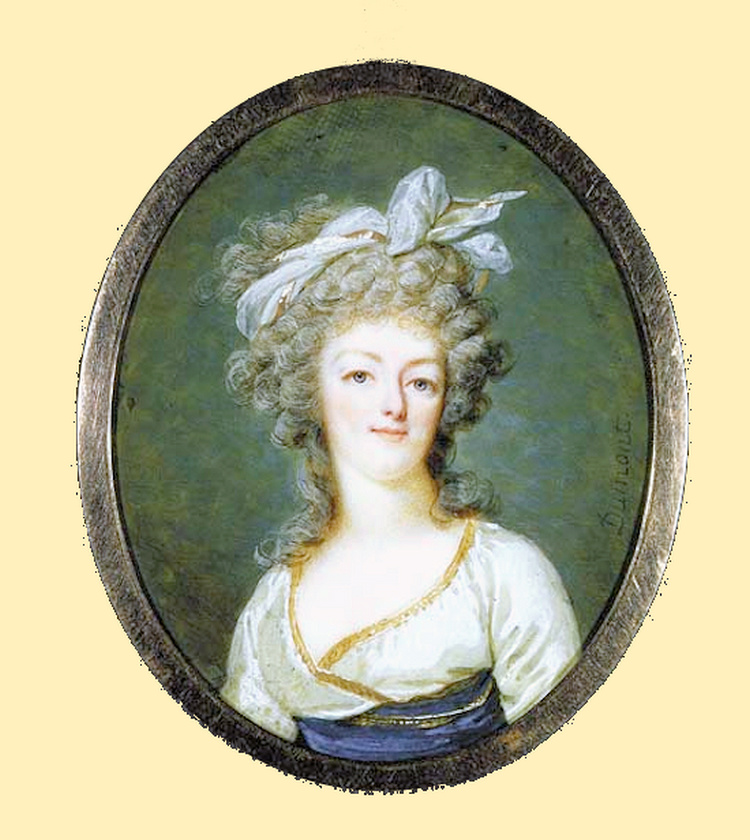Comment les Américains réagirent-ils aux bouleversements qui agitaient la France qui avait pris une telle part à leur indépendance ?
C'est un peu compliqué -
The French Revolution began in 1789 with the storming of the Bastille on July 14th. From 1790 to 1794, the revolutionaries grew increasingly radical. Americans were at first enthusiastic in support of the revolution. However, over time divisions of opinion became apparent between federalists and anti-federalists.
DIVIDE BETWEEN FEDERALISTS AND ANTI-FEDERALISTS
The anti-federalists in America led by figures such as Thomas Jefferson were in favor of supporting the revolutionaries in France.
They thought the french were imitating the American colonists in their desire for freedom. There was a hope that the French would win a greater degree of autonomy than resulted with the new Constitution and its strong federal government in the United States. Many anti-federalists rejoiced in every revolutionary victory as news of it reached America. Fashions changed to reflect republican dress in France.
However, the federalists were not sympathetic to the French Revolution, led by figures such as Alexander Hamilton. The Hamiltonians feared mob rule. They were afraid of egalitarian ideas causing further upheaval at home.
EUROPEAN REACTION
In Europe, rulers were not necessarily that bothered by what was happening in France at first. However, as the 'gospel of democracy' spread, Austria grew afraid. By 1792, France had declared war on Austria wanting to ensure that it would not try to invade.
In addition, revolutionaries wanted to spread their own beliefs to the other European countries. As France began to win victories beginning with the Battle of Valmy in September, England and Spain got concerned. Then on January 21, 1793, King Louis XVI was executed. France became emboldened and declared war on England.
Thus American could no longer sit back but if they wanted to continue to trade with England and/or France. It had to claim sides or remain neutral. President George Washington chose the course of neutrality, but this would be a difficult tightrope for America to walk.
CITIZEN GENÊT
In 1792, the French appointed Edmond-Charles Genêt, also known as Citizen Genêt, as the Minister to the United States. There was some question on whether he should be formally received by the US government. Jefferson felt that America should support the Revolution which would mean publicly acknowledging Genêt as the legitimate minister to France. However, Hamilton was against receiving him. Despite Washington's ties to Hamilton and the federalists, he decided to receive him. However, Washington eventually ordered that Genêt be censured and later recalled by France when it was discovered that he had been commissioning privateers to fight for France in its war against Great Britain.
Washington had to deal with their previously agreed upon Treaty of Alliance with France that had been signed during the American Revolution. Because of its own claims for neutrality, America could not close its ports to France without appearing to side with Britain.
Therefore, even though France was taking advantage of the situation by using American ports to help fight its war against Britain, America was in a difficult place. The Supreme Court eventually helped provide a partial solution by preventing the French from arming privateers in American ports.
After this proclamation, it was found that Citizen Genêt had a French-sponsored warship armed and sail from Philadelphia. Washington demanded that he be recalled to France. However, this and other issues with the French fighting the British under the American flag led to increased issues and confrontations with the British.
Washington sent John Jay to find a diplomatic solution to the issues with Great Britain. However, the resulting Jay's Treaty was quite weak and widely derided. It required the British to abandon forts they still occupied on America's western frontier.
It also created a trading agreement between the two nations. However, it had to give up the idea of freedom of the seas. It also did nothing to stop impressment where the British could force American citizens on captured sailing vessels into service on their own ships.
AFTERMATH
In the end, the French Revolution brought the issues of neutrality and how America would deal with belligerent European countries. It also brought unresolved issues with Great Britain to the forefront. Finally, it showed a great divide in the way that federalists and anti-federalists felt about France and Great Britain.
https://www.thoughtco.com/american-reaction-to-the-french-revolution-104212
_________________
- me stessa -
